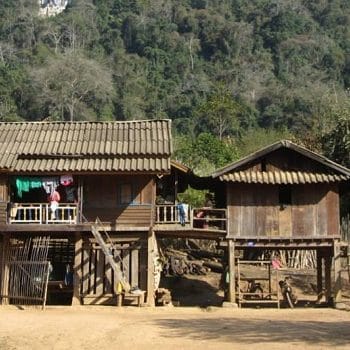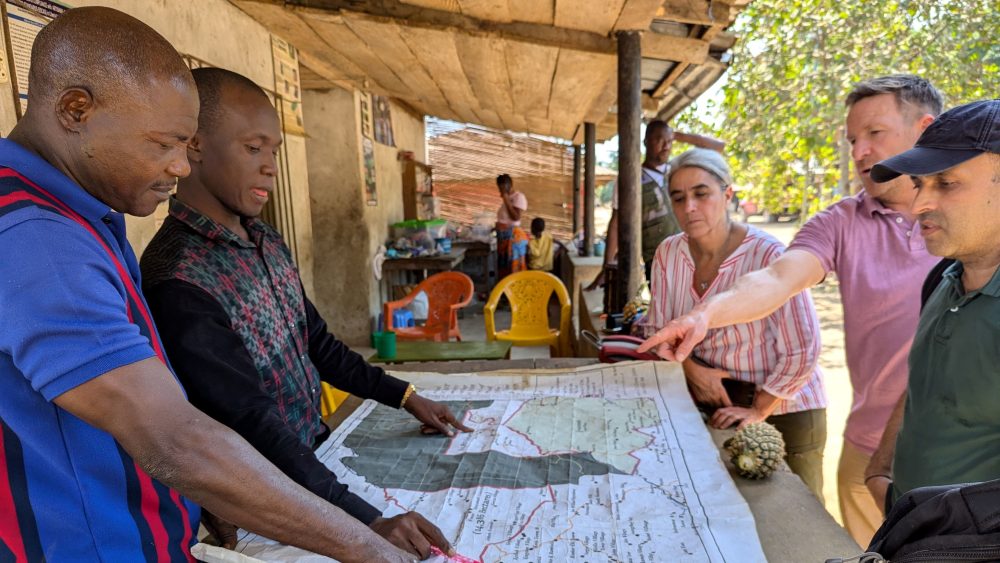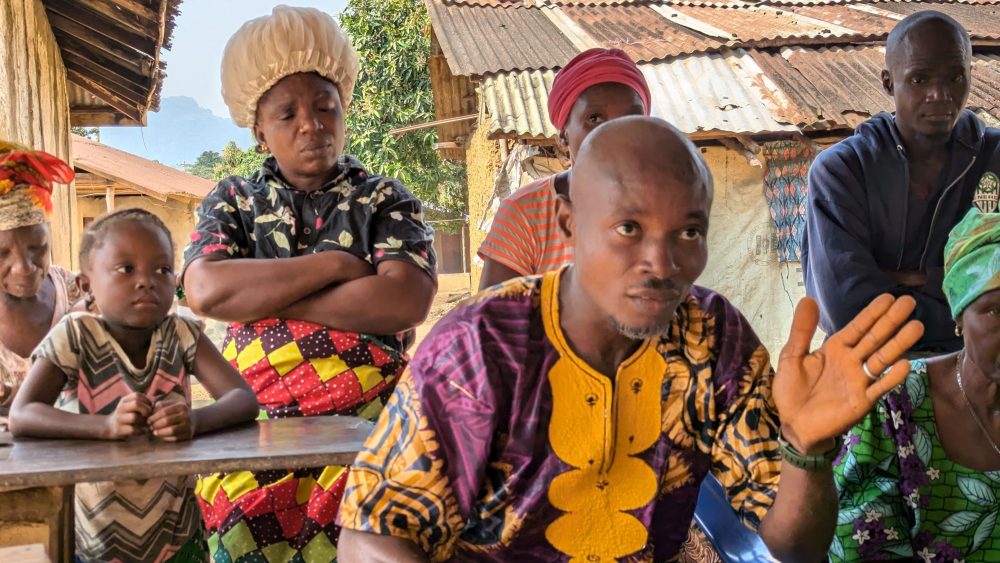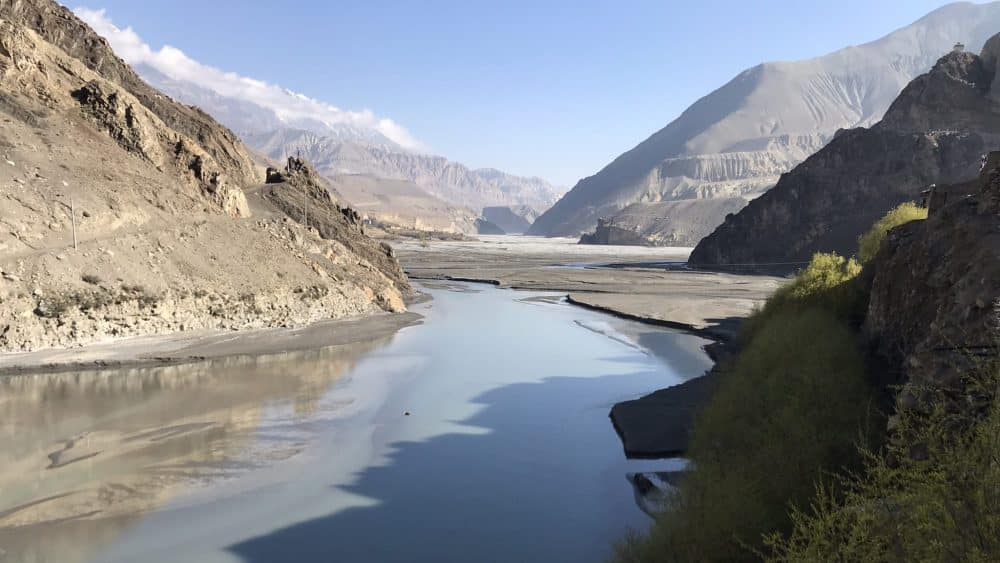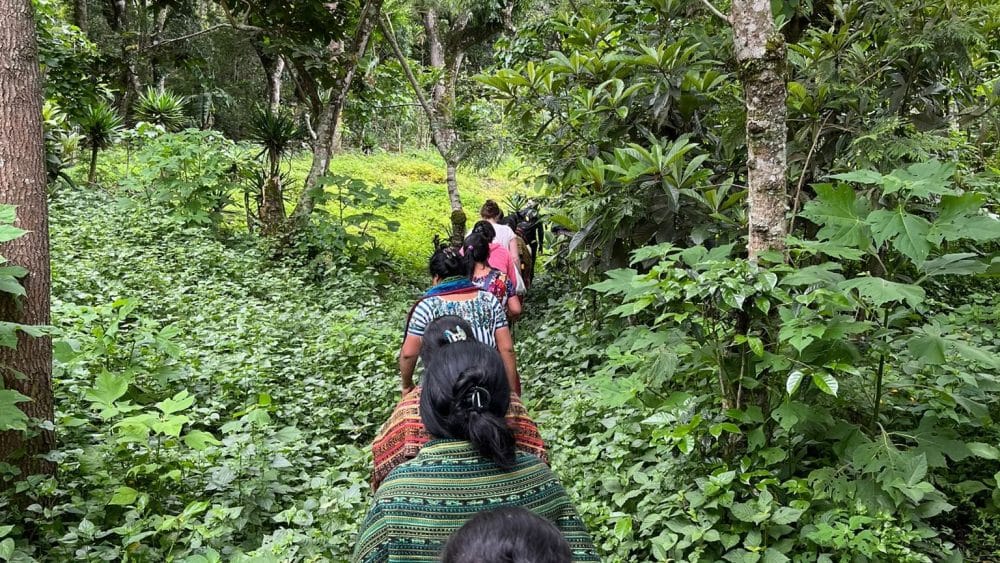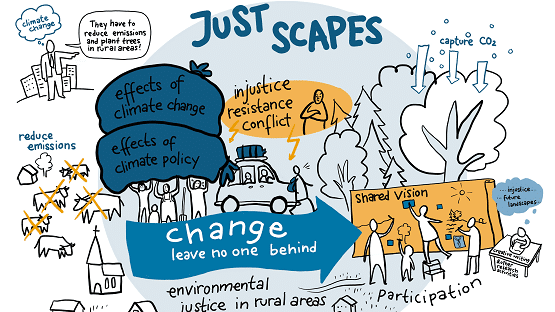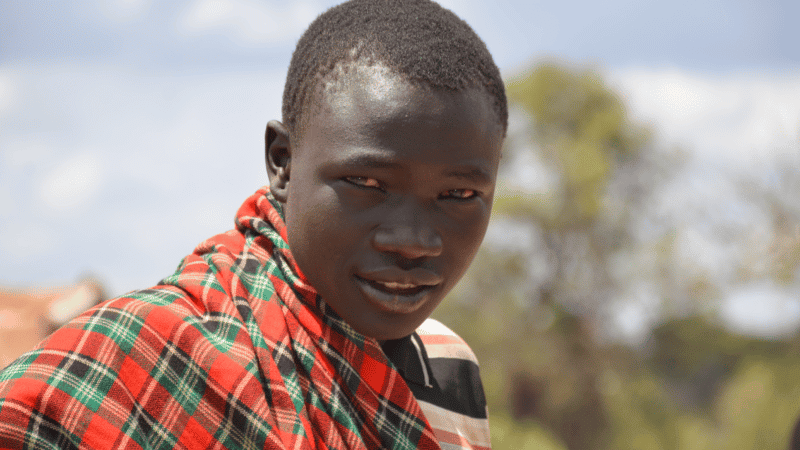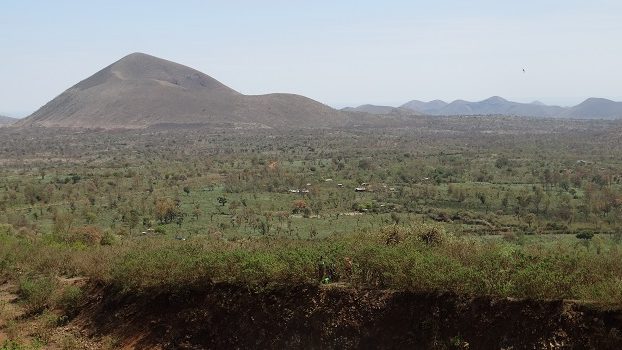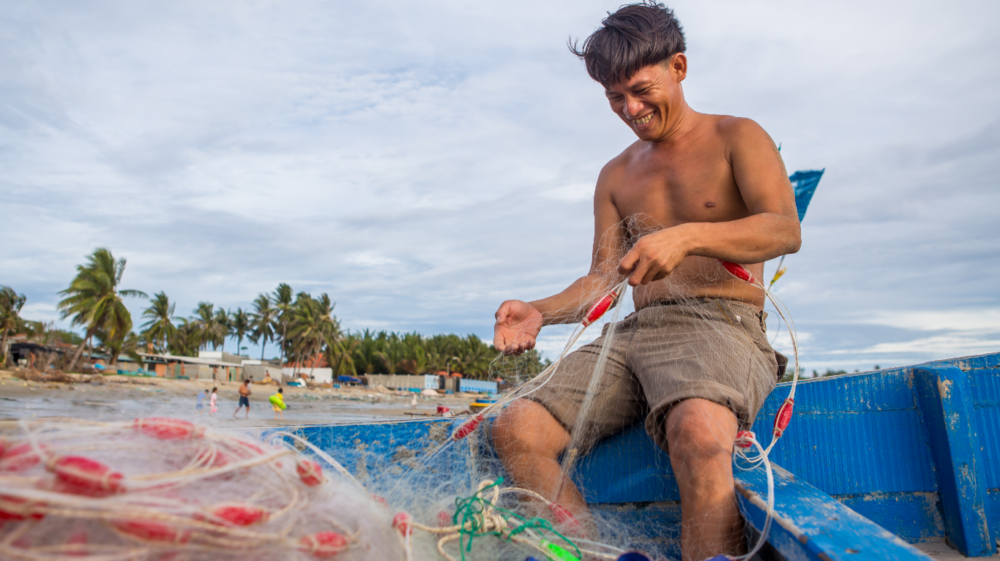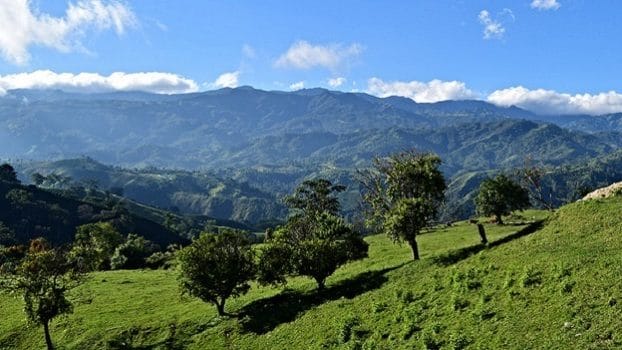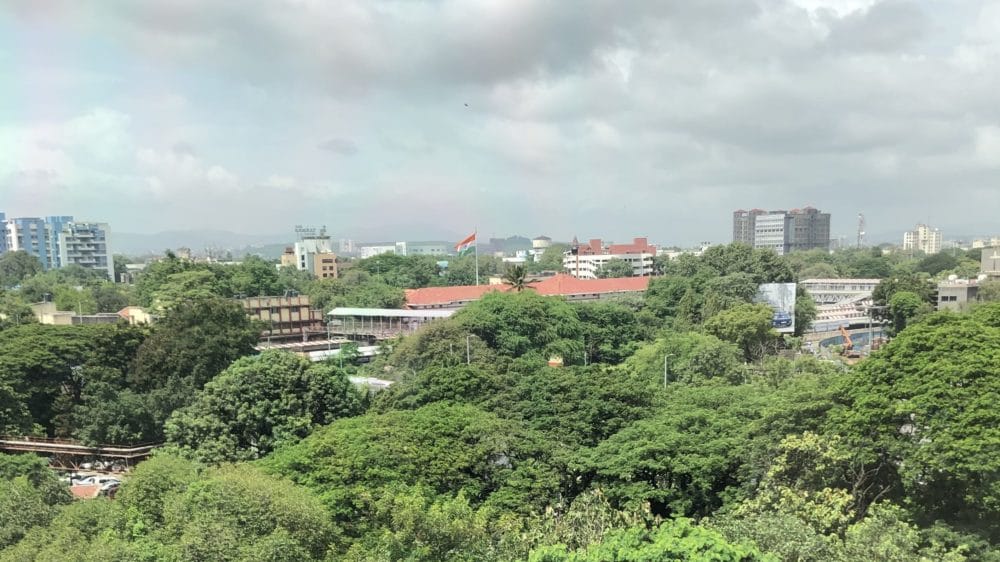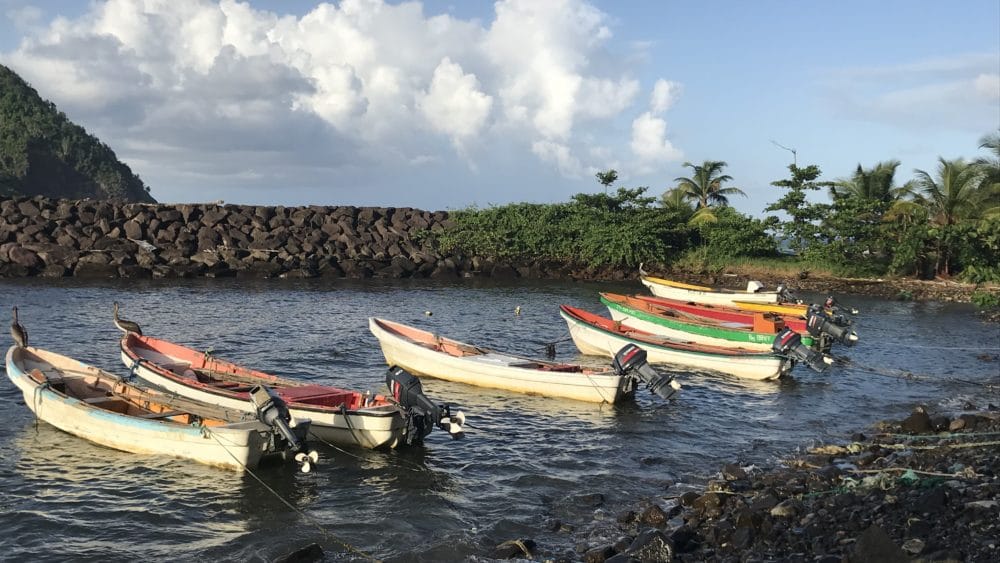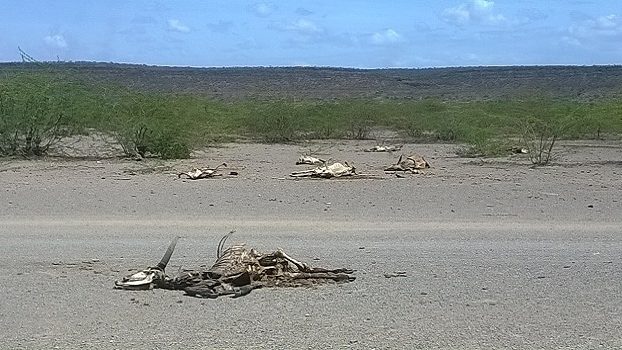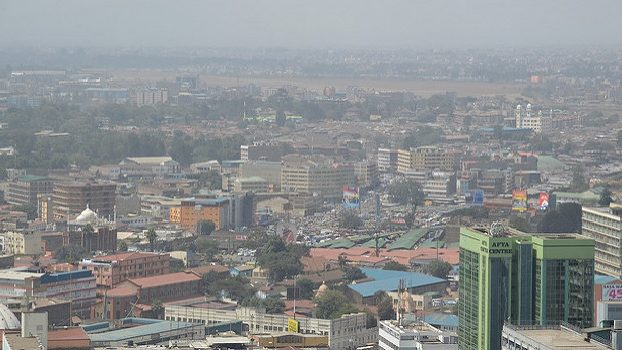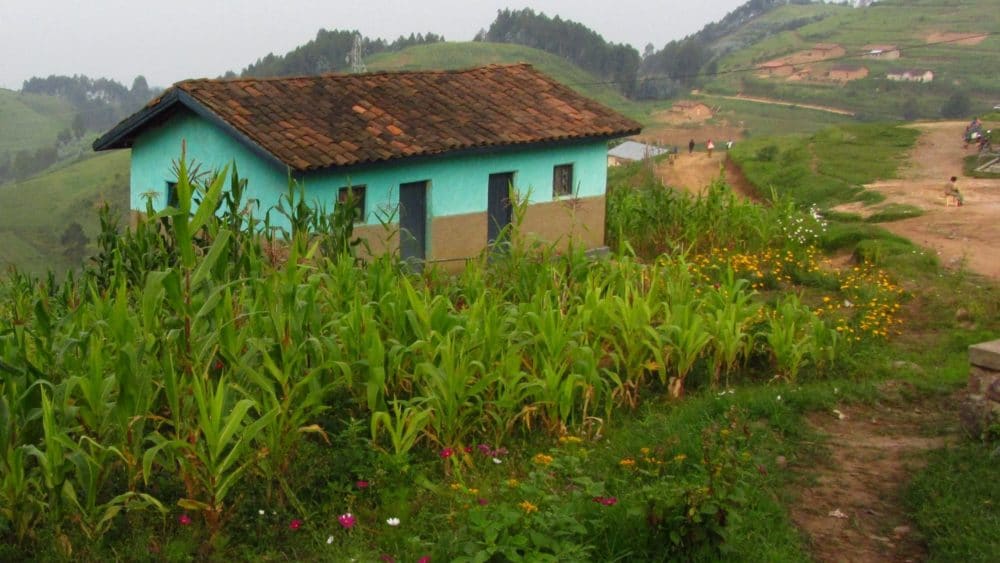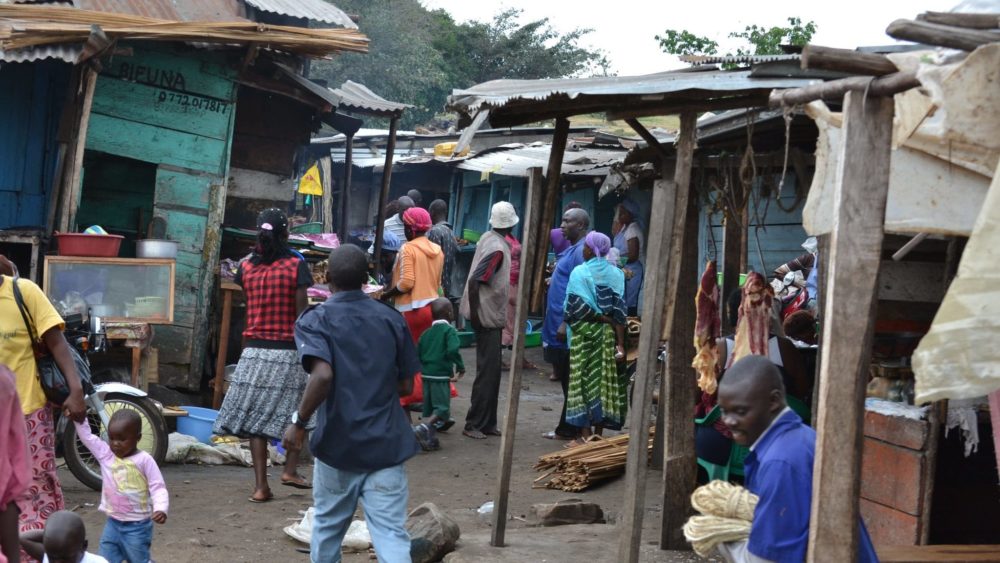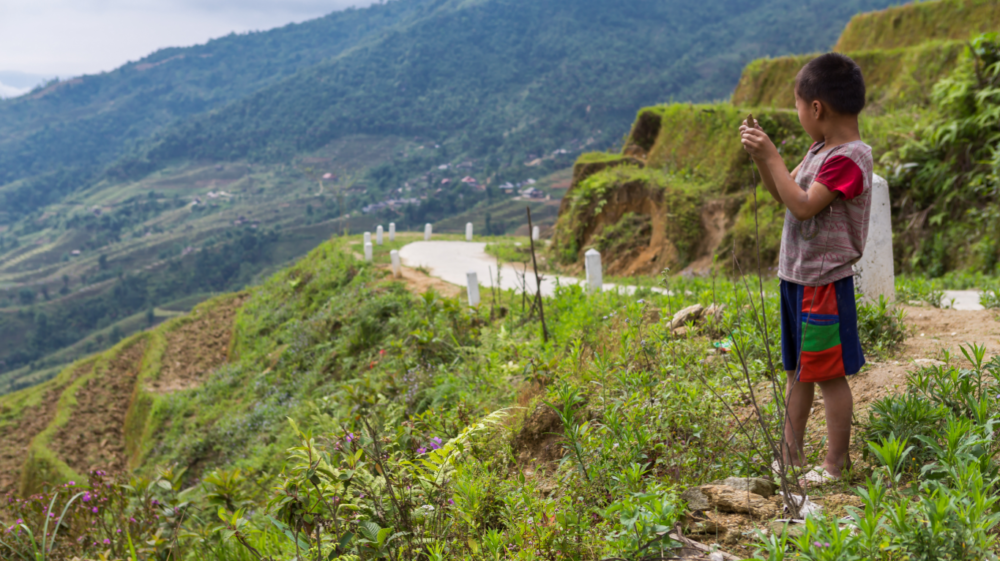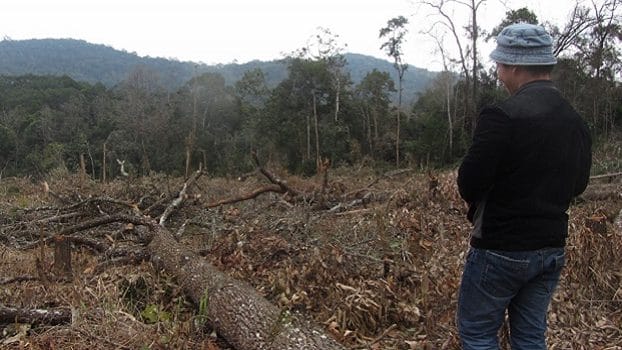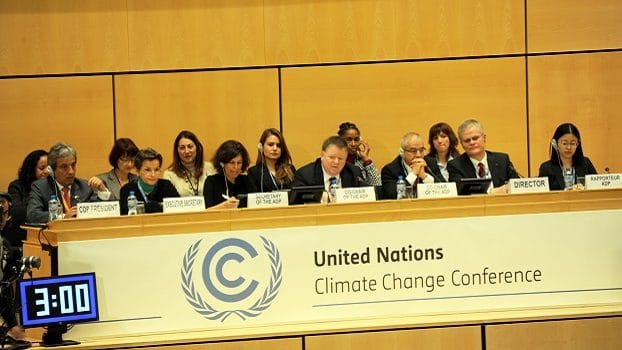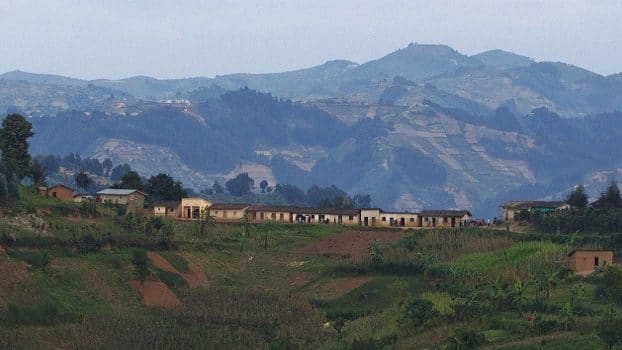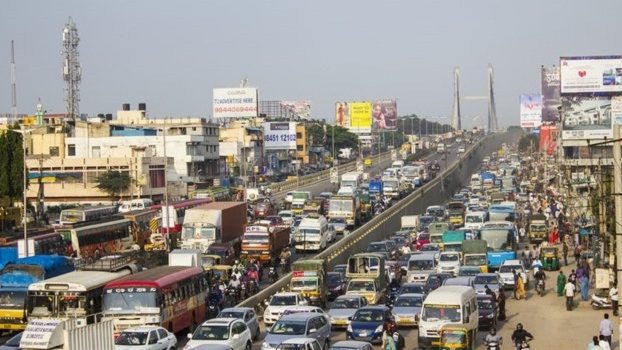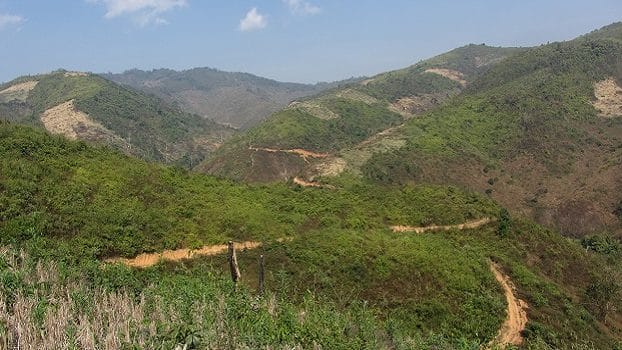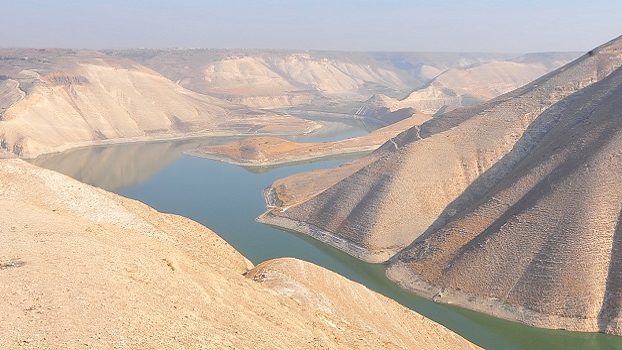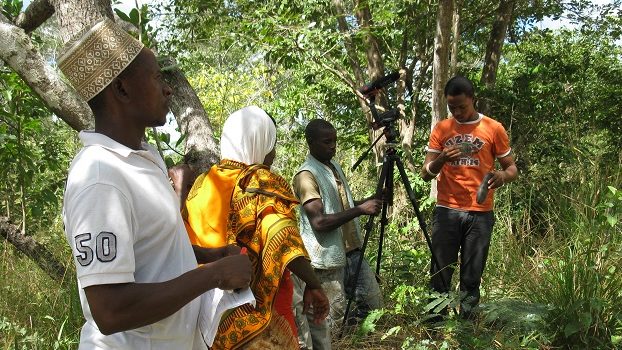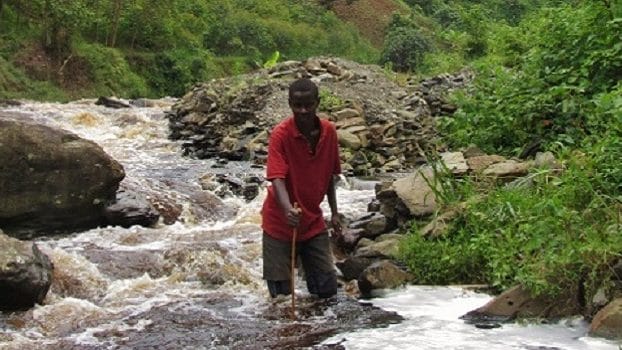Reconciling biodiversity conservation goals with local needs and priorities is a major challenge, particularly in the tropics where levels of poverty are high and livelihoods are strongly connected to land and natural resources. In our previous project ‘Just Ecosystem Management’, we found that the use of justice analyses improved our conceptual understanding of such tradeoffs and provided theoretical insights into how we might work to resolve them. Studies of environmental justice explore a) the distribution of costs and benefits between different groups of people, b) the extent to which people can participate in and influence management decisions, and c) recognition of people’s varied knowledge and experiences in those processes. In this follow-on project, we combined the insights from environmental justice theory with recent innovations in wellbeing research and aimed to provide more practical insights which may contribute to both long-term ecosystem management and poverty alleviation.
Objectives of equity and justice are gaining credence in conservation policies, like the Aichi Targets of the Convention on Biological Diversity. But these terms are poorly defined in policy and there is a lack of understanding how to implement just or equitable policies. So research like ours which tests methods for understanding what justice is and how to promote more just policies and outcomes has relevance to conservation practice.
The project tested these ideas through empirical, multidisciplinary research in the Nam Et-Phou Loeuy National Protected Area (NEPL) in northern Laos. NEPL is a mountainous tropical forest ecosystem of great biodiversity value, but also with high poverty levels. The NPA was established by the Lao Government in 1993 with support by international conservation organizations to conserve critical forest habitat and associated biodiversity, including, among 18 endangered species of large mammal present, one of the most important tiger populations in Indochina. The NPA is now run jointly by the Lao government and the Wildlife Conservation Society.
The study aimed to highlight perspectives of a diversity of local inhabitants and draw implications for conservation and development practice. To do so we conducted social research around NEPL NPA. We spent one year among 3 villages to gain their trust and to develop understanding of people’s lives, what they prioritised and valued and how that had been changing. We assessed wellbeing and perceptions of justice relating to ecosystem management among 100 households through a series of semi-structured interviews, life histories and focus groups to further explore and validate the results. Alongside this we monitored agricultural practices and collected household diaries to evaluate use of different natural resources from the surrounding landscape at different time of the year. Social research was supported with fine-scale mapping showing annual changes in land-use from 2000-2015.
KEY SCIENTIFIC FINDINGS
1. Rapid changes in economic welfare occurred simultaneously with rapid land-use change. Conventionally measured poverty rates fell 70% in 10 years, driven by transformation from subsistence shifting rice cultivation to cash cropping maize. At the same time, protected area and land-use zone boundaries were established. These changes are leading to a complex set of material, social and cultural outcomes for surrounding populations.
2. Increases in material wellbeing of local inhabitants, including livelihood diversification, do not translate to more effective conservation. Justice issues based on procedural and recognition concerns may still arise and represent considerable threats to protected area success.
3. Conservation and agricultural development may combine to negatively impact local nutritional outcomes, despite other benefits.
4. A combination of methods is needed to assess the actual use of provisioning ecosystem services. Many studies of ES use availability as a proxy or rely on snapshot, oral accounts.
5. Natural resources can switch rapidly between being ecosystem services or disservices (such as animals from being food to being an agricultural pest) based on social, political, economic and environmental conversion factors.
6. Local people living alongside protected areas may concurrently hold supportive and negative views towards them. These attitudes and their impacts need to be understood through an interdisciplinary perspective, including social and psychological sciences as well as rational economic perspectives.
7. In practice, decisions about land use within and outside the protected area were based on informal negotiations and interactions. People’s aspirations were rapidly changing, shaping their perceptions of the protected area and with big implications for conservation and development. This has key implications for how equity is defined and assessed for CBD and other policy targets – inclusive discussions about equity are required alongside local communities to uncover complex issues and reveal innovative solutions through collaborative processes.
PARTNER ORGANISATIONS
– University of Copenhagen
– National University of Laos
– Nordic Foundation for Development and Ecology (NORDECO)
– Wildlife Conservation Society Lao PDR

